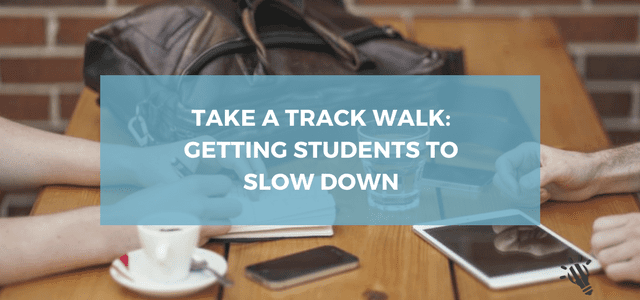
Slow practice: the importance of precision
I was chatting with a colleague at the end of last term regarding teaching students about slow practice. He let me in on a great secret about F1 racing drivers that we should all share with our students...especially the speed demons!
At this time of the year in Australia most students are preparing for their end-of-year exams which generally occur in October or November.
One of the hardest things I find during this period is getting students, who may have already had a successful practice recital, to continue practising effectively (and this often means slowly, precisely and carefully).
I've blogged about slow practice before (Slow practice - how to do it) and you'll no doubt find plenty of other reliable sources of ideas on the web.
But getting students to actually do it can be a big challenge.
That's where a small fact about F1 car racing that I never knew, can work as a perfect analogy for piano practice.
Walk the Track
Did you know that before any Formula One race (where driving speeds can easily hit 300km/h), drivers will always walk the track.
Yup, they actually get out of their cars and walk the entire track on foot. You don't get much comparatively slower practice than that, right? From 300km/h to 5km/h ensuring absolute precision and control at faster speeds.
Here's how Neil James, in his article: Secrets of How F1 Drivers Prepare for Brand New Tracks Like Austrian Grand Prix, describes it:
Early scouting of kerbs and run-off strips will be done in a track walk on the Wednesday or Thursday before the race, and fine-tuned in practice.
Bleacher Report
Just to be sure I got this right, I thought I better do my research and I quickly found similar stories from two drivers. Here's how Timo Glock prepares for race day:
We don’t have a simulator, so once I am there I will walk the track - and then get into the car and translate my impressions into performance.
Source: Formula1.com
Toyota Driver
And here's Fernando Alonso in an interview with a journalist:
Q: Fernando, what are your first impressions of the new circuit in Abu Dhabi?
Fernando Alonso: It looks like it will be quite a demanding circuit for the drivers as there are over twenty corners in the lap - and some of them look very challenging. However, when you are looking at a map it's difficult to really understand a circuit and it's only when you get there and walk the circuit that you start to feel what it is really like.
Q: How do you normally prepare for a new circuit?
FA: We look at a lot of simulation data and I work very closely with the team to understand the demands of the track - much more than I would do for a track that I already know. We will probably spend five times longer preparing for a new venue and the circuit walk becomes very important for me and the engineers.
Source: Formula1.com
F1 Driver
Here's Aussie F1 Driver Mark Webber taking a track walk at Italy's famous Monza track:
The more I explored this idea, the more I could see its potential impact on the thought processes of my students.
Keep in mind that these are the drivers who are normally going at 300 km/h plus around these circuits.
To think that not only have they completed a track walk at what could only be less than 1% of their final performance speed, but have also spent hours visualising their performance and using simulators, is fascinating.
Now I'm no "petrol head" or even a motoring enthusiast, but as soon as I heard this, I immediately saw its use as a practice analogy with my students.
I already use sporting analogies to help them understand the difference between practice and playing (you can read about it in my article The Real Reason Teens Are Quitting Your Studio - Part 2), but I didn't have such a clear analogy for the relevance and importance of slow practice.
Performance Simulation
Just as we encourage our performance students to have practice performances in the lead-up to recitals and exams, racing car drivers do exactly the same thing using simulators:
Just like our games consoles, simulator technology has developed even further since then. It's the closest thing possible to driving on the circuit itself. The drivers will spend hours on the simulators in the run-up to the weekend, performing race and qualifying runs and learning as much as they can about the layout they'll soon be driving on.
The first laps at a new circuit are invariably slow ones. The drivers concentrate on finding the braking points and best lines through each corner, building themselves up towards attempting laps at racing speed.
Bleacher Report
This is a great analogy for the importance of "simulated" exams and recitals before the real thing.
Do you give your students mock exams before their big day? Do you encourage students to organise lots of practice recitals with small groups of students or friends?
Above is a quick 2-minute video of Lewis Hamilton explaining his version of the practice recital.
Who would've thought there could be a connection between motor sport and piano performance?!
Got some good slow practice tips?
So, I'm really interested to know: did you know about this idea of a track walk? What tricks do you have to get your students to practice slowly?
I look forward to reading your comments below.




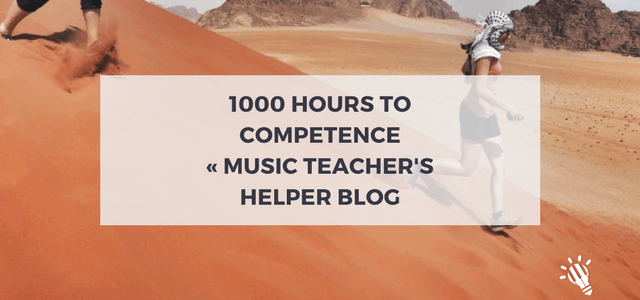

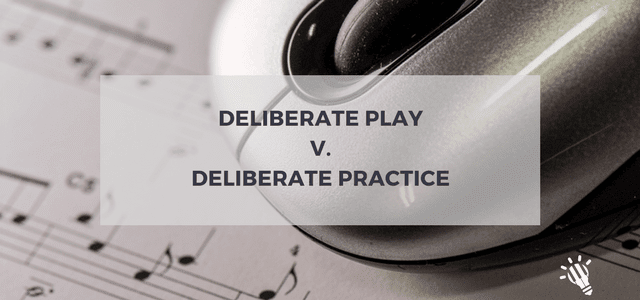
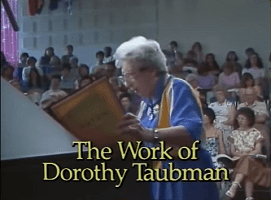
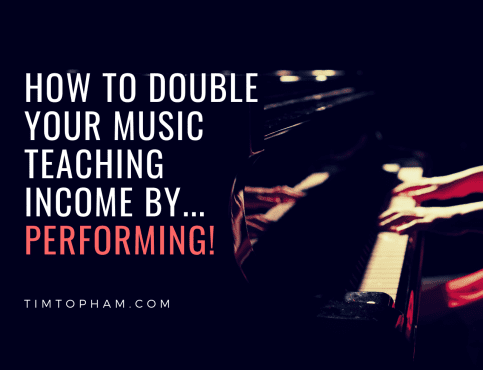

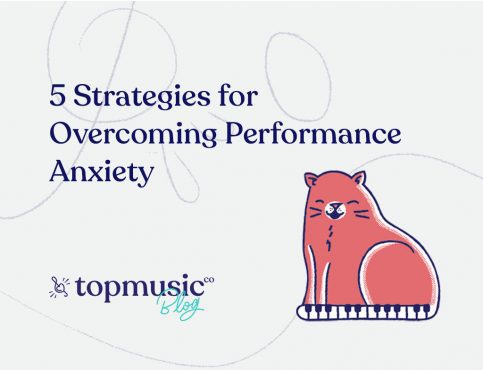
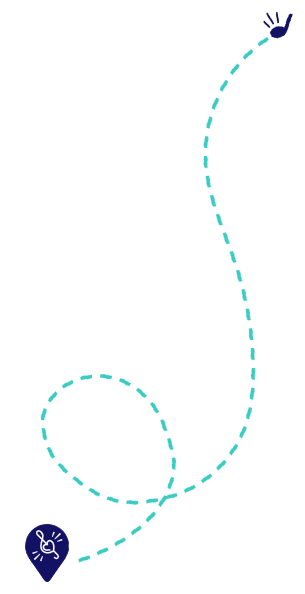

Vicki says:
We have a friend, also a part of the racing world. He confirmed the walking aspect, but he also added that after walking through a corner, you turn and look back at the corner to confirm the best way through the corner. So more practice analogy. Analyse your strategy afterwards as well
Tim Topham says:
Love it, Vicki – thanks for sharing!
Leila J Viss says:
Thanks for sharing this racetrack secret! The best way I’ve found to slow students’ tempo down is by challenging them to play error free. I’ll ask students to roll a die. That determines how many times a section will be played. If the student rolls a 3, the third time must be perfect or the student must start all over. The pressure of performing error free helps students discover that this is accomplished with careful focus. The processing to ensure accuracy magically slows them down without me having to nag 🙂
Tim Topham says:
Thanks Leila. I agree that correct repetition is SOOO important but I’ve never used the ‘roll the die’ idea – definitely going to try that one! Thanks for sharing 🙂
Sheri Reingold says:
I like that! Maybe I’ll try it at Halloween time!
ttopham says:
Thanks Sheri – try it at anytime of the year. Given it’s about slow practice, I find my students need reminders everyday!!
Sheri Reingold says:
Many students are competitive and like to win games. So I play tic-tac-toe in the lesson and tell the parents to play with them at home. If they play a passage without one mistake they get a point. If they make a mistake I get the point. We play until someone wins. (I never mind losing and usually do!) It’s remarkable how a simple competition enables them to slow down so they actually practice correctly.
ttopham says:
Great idea Sheri. I sometimes do something similar with M&M’s. I put 6 on the left side of the piano and for every correct play through, the student moves one to the right side of the piano. After 6, they get to eat all the ones they moved and I eat the rest!
Joy Morin says:
Great analogy!! I will definitely use this with my students.
ttopham says:
That’s exactly what I thought when I heard it Joy!